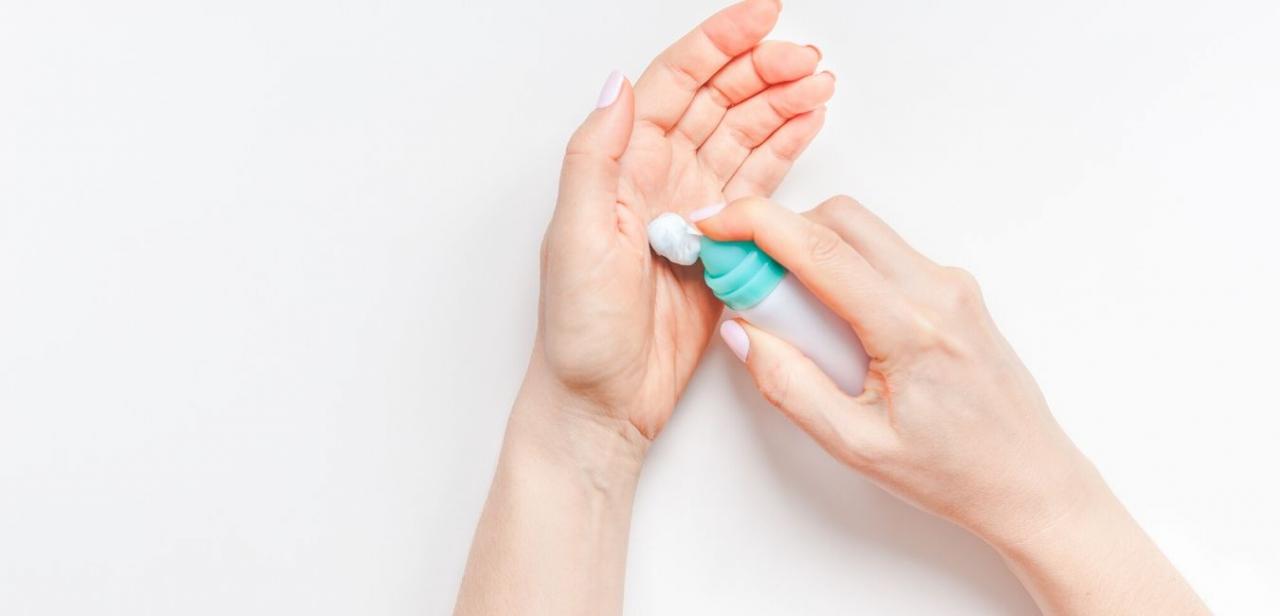In past articles I’ve mentioned a procedure known as Mohs surgery. Mohs surgery is a powerful and highly effective treatment for the removal of skin cancer. Since Mohs surgery has become such an important method for the treatment of skin cancer, I feel it is important to examine it in greater detail.
Mohs surgery was developed by Dr. Frederic E. Mohs in 1938 as a method of removing skin legions. (1) Treatment with Mohs surgery begins by surgerically removing the visible portion of the tumor. Layers of skin are removed and divided into sections. (1) The skin sections are color coded with different dyes and reference marks are made on the skin to label the excisions. These sections are then examined under a microscope for evidence of cancer. If cancer is discovered in one of the cells, another layer of cells is removed from the infected area. The method is continued until there is no remaining evidence of cancer in the skin cells.
Following surgery, there are several methods of reconstructive surgery depending on the severity of the wound. If the wound is small, it can simply be allowed to heal. More complicated wounds may require stitches or skin grafts. (1) Serious damage to the area from a large tumor may require more intense reconstructive surgery.
What makes Mohs surgery unique is the precision. In regular surgical procedures, one to three percent of the tumor margins are examined, and much of the root tumor may be missed. (2). With Mohs surgery, the root tumor is examined cell layer by cell layer, reducing the risk of error. This high precision has been reflected in studies by the Mayo Clinic, the University of Miami School of Medicine, and several other medical institutions, showing that Mohs surgery has a greater than 99 percent five-year success rate for new cancers and a 95 percent success rate for recurring cancer. (1)
The methodical treatment of Mohs surgery minimizes scarring damage by removing only cancerous skin cells. Scarring may occur for large tumors, but smaller tumors may leave little to no scarring. The high success rates make it an ideal procedure for treating basal cell, squamous cell carcinomas, and other skin cancers. If you are interested in Mohs surgery as a treatment, you can contact the American Society for Mohs Surgery to find expert surgeons in your area.
1. http://www.mohscollege.org/
2. http://www.medicinenet.com/






Add a Comment1 Comments
I recently had Mohs procedure done. I would like to tell you that it didn't hurt at all. The spot that I had on the surface of my nose was only about the size of a head of a straight pin. . My family doctor did not think it was cancer but we checked it out anyway.The type of skin cancer I had was basal squamous cancer. The size of the incision was the size of a nickel and the depth of 1/2 the size of a small marble. We talked about the different ways of closing the wound, I decided on stitches inside and out, because doing skin graft and skin flapping would have left an indent in the side of my nose. I would rather just a straight line. It has only been 5 days and I think it looks pretty good. why give myself more scars ie. from the taking of good skin for grafing or flapping
May 23, 2010 - 7:58amThis Comment